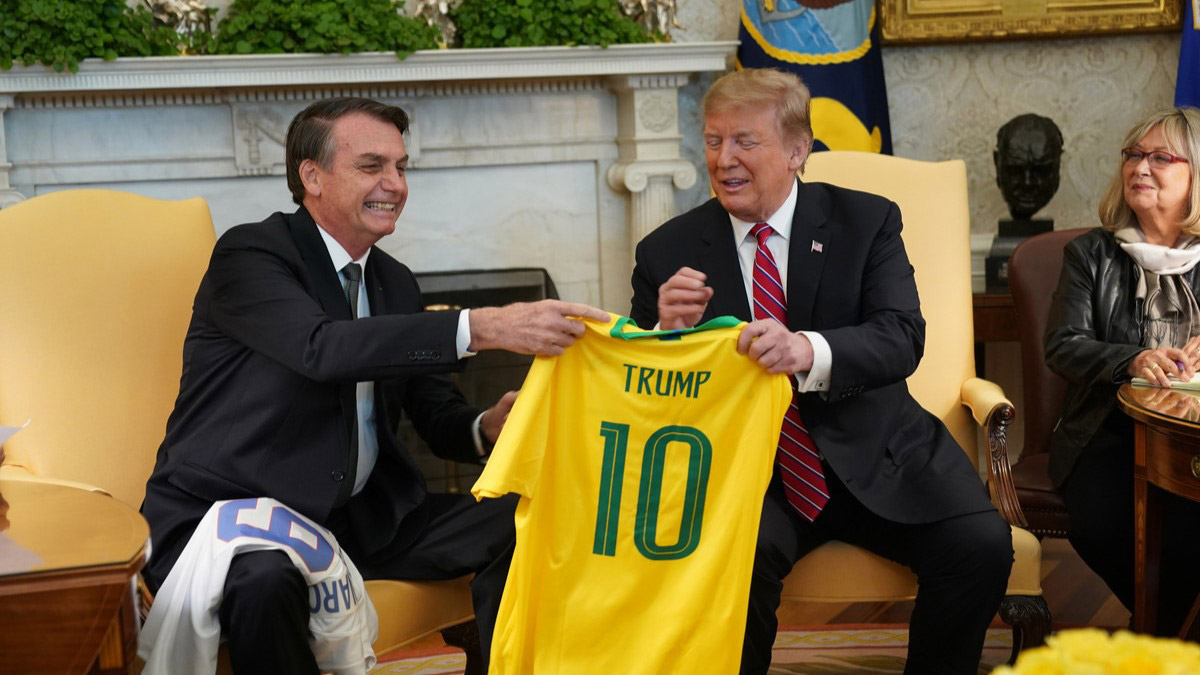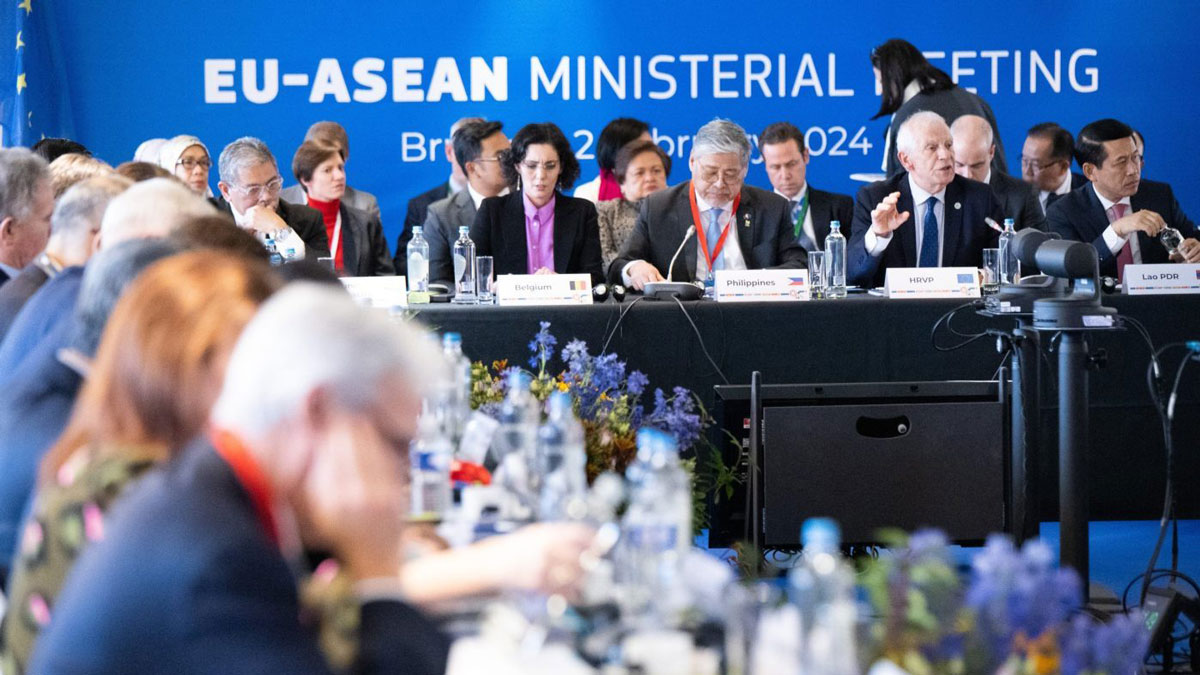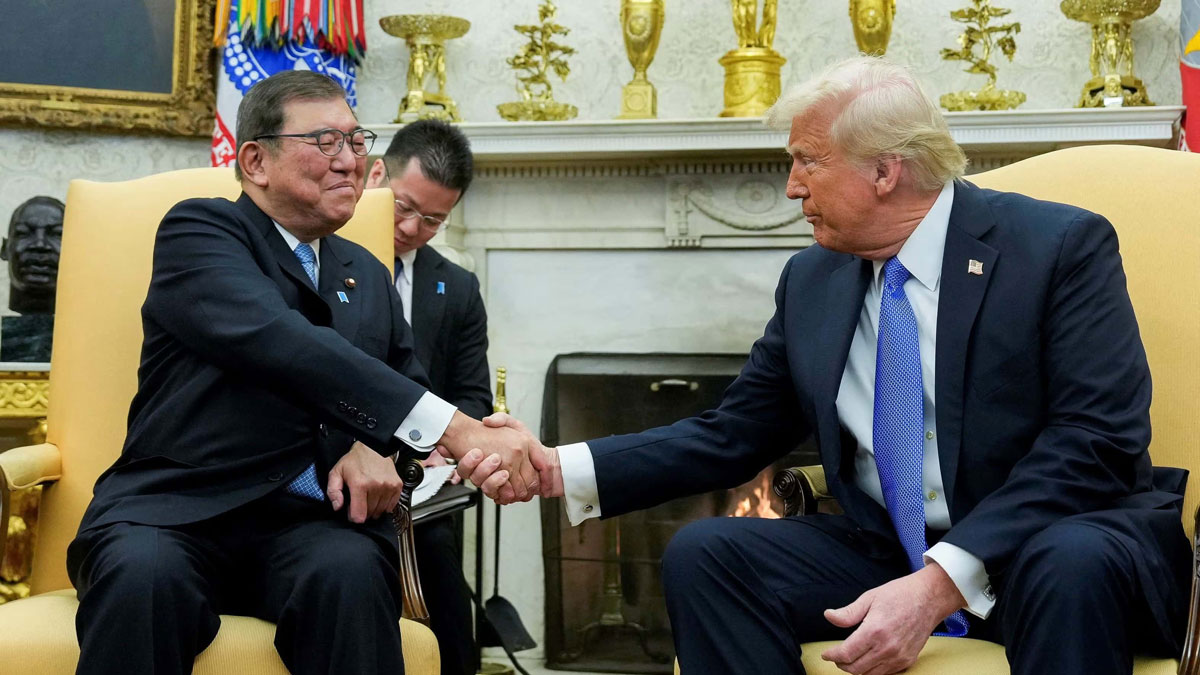Trade policy
Napkin deals and trade edicts: The only certainty in global trade is uncertainty
Published 05 August 2025
Trade’s freedom is being tested with Trump’s latest napkin deals and edicts, which only reinforce the message that practices taken for granted in the past will be unevenly and potentially painfully adjusted. While many had hoped for clarity, the only thing clear today is that trade uncertainty is set to continue.
Just days ahead of his self-imposed deadline of 1 August, President Trump revealed the results of his negotiations on global tariffs. Despite promises of "90 deals in 90 days," there were only a handful of concluded "napkin deals," a term I first used in a Bloomberg interview to describe their likely durability.1 These arrangements, reached with key US trading partners like the European Union, Japan, and South Korea, provided minimal details on tariff rates along with fantastical promises on purchases and investments by these partners from and into the US.
Trump then followed up by issuing trade edicts that effectively handed the global trading community his revised terms of US tariffs on each country. For most countries of the world, as shown in the charts below, tariffs went down from his original Liberation Day formulations in April. The base rate, however, was increased from 10% to 15% for most country imports. All new tariffs are set to start on 7 August.
There were several unpleasant surprises, including an unexpected 50% on Brazil (counted as 10% under "reciprocal" tariffs plus an extra 40% tariff in a separate Executive Order), 39% for Switzerland, an increase to 35% for Canada for goods that do not satisfy the US-Mexico-Canada Agreement (USMCA), 25% plus an unspecified "penalty" to come for India, and an inexplicable rate rise to 15% for New Zealand.
While many in the Association of Southeast Asian Nations (ASEAN) are celebrating a reduction in US tariffs to only 19%-20% from earlier threats as high as twice that level, this news should be viewed with caution. Tariff rates of 19%-20% are only "better" when viewed against the tariff figures created by the nonsense formula originally used by the White House.2 The reduced tariff levels against most ASEAN nations are still extraordinarily high, given than US exports were trading at around 2% tariffs just four short months ago. Elevated tariffs, which are paid by American importers, will likely drive US demand for foreign products down over time.
Almost no country managed to avoid sector-specific tariffs. The UK, EU, Japan, and Korea were given reduced tariffs for autos, although the details are unclear. The latter three were also promised, via unwritten napkin deals, to be treated fairly in the US application of other sectoral tariffs on semiconductors and pharmaceuticals. No country got a reprieve from steel and aluminium tariffs which were the subject of many heavy negotiations.
An increasing number of products imported to the United States are covered by Section 232 sectoral tariffs. This includes 50% tariffs on steel, aluminum and so-called derivative products (things made with these metals), as well as autos and auto parts at 25%, and copper which is now at 50%. In the pipeline are seven additional sectors including pharmaceuticals, semiconductors, heavy trucks, lumber, critical minerals, unmanned aircraft, and polysilicon. The timelines and potential tariff rates for these pending cases are unknown.
Firms looking for greater certainty had hoped that the 1 August deadline would deliver relief. It has not, beyond providing another clear demonstration that higher costs are ahead for firms trading with the United States. In fact, the complexity of managing trade with the US continues to rise with greater confusion over what tariffs actually apply to which products starting on 7 August. Basically, companies have exchanged one unclear deadline for another.
The US market has been a big, lucrative engine of global growth for decades. Trump has spent six months showing his willingness to shut down the engine or at least make it much more difficult and expensive to do business with the United States.
The US accounts for roughly 15% of global trade flows. While it might seem obvious that governments and firms should quickly pivot to trade less with the Americans, the immediate consequences for a disruptive White House have been muted.
Why has it proven so difficult for governments to coordinate actions, particularly when trying to manage trade talks with Trump? There are at least three reasons.
First, Trump has been moving at a speed that does not line up with typically staid government decision-making. While the White House has been willing to skip inter-agency coordination processes and careful reviews or legal checks of outgoing announcements and correspondence, other governments are not prepared to do the same. Even White House briefings with foreign leaders are now fraught exercises rather than carefully prepared statements designed to reinforce unity and commitments.
Second, every country faces different levels of exposure to the US. In some cases, the American market has been a key element of their export basket. For others, it is less relevant. As Trump has been obsessed with trade in goods, he has focused less on services. This has left services-dominant players with more flexibility in managing Trump’s disruptions.
To see what these differences mean in practice, look at the 10 members of ASEAN. Malaysia, as ASEAN Chair, quickly mobilized governments in early April to issue a statement of support for multilateral trade and economic openness.3 But this unity disintegrated rapidly, with individual members facing tariffs ranging disparately from 10% to 49%. Instead of cooperation, members allowed Trump to pick them off one at a time and ultimately landed on a tariff range of 10%-40% regionwide, with half of ASEAN members receiving 19%-20%.
Third, the intertwining of economics with politics and security also varies by country. Some governments are keenly aware of the importance of US security guarantees and were much more willing to accept unfavorable economic deals to avoid bigger challenges elsewhere.
The net result is that Trump’s strategy of "divide and conquer" has driven outcomes in his second attempt at Liberation Day; his first go at taking on the world in April had ended in a massive US retreat. However, the continuing drama coming from Trump’s expansionist use of tariffs as a tool for all manner of problems is increasingly likely to drive more coordination among governments against Washington going forward.4
The early reactions to the highly unusual path taken by Trump have been modestly disrupted global trade. The first "reciprocal" tariffs of 10% were not in place until 5 April, with autos and auto tariffs at 25% starting 3 May. Steel and aluminium tariffs were increased to 50% on 4 June. Copper tariffs came into effect on 1 August. Data showing changes in trade flows and composition is only now starting to tick up. Early results appear to have emboldened Trump to push harder.
Unilateral strategies, however, may be reaching the end of usefulness. Governments may be increasingly willing to try alternatives, including greater coordination. Asia stands particularly well positioned to manage trade disruptions over the medium term, as governments have a long track record of economic cooperation backed up by a wide array of trade platforms and trade agreements.
Companies will move much quicker than governments. Firms cannot afford to wait months or even years for cooperation to bear fruit. They will need to decide how much exposure they are prepared to maintain to the US market. Companies that cannot manage the increase in US tariff costs plus the rapidly rising burden of new compliance measures will need to pivot to new opportunities elsewhere. Sudden adjustments by companies will also drive new competitive pressures in domestic markets globally.
Trade will not end. But its freedom is being tested, with both rapid and slow-moving adjustments ahead for both governments and companies. Trump’s latest napkin deals and trade edicts only reinforce the message that practices taken for granted in the past will need to adjust. The process is likely to be uneven and potentially painful. While many had hoped for clarity, the only thing clear today is that trade uncertainty is set to continue.
***
[1] https://www.bloomberg.com/news/articles/2025-07-30/trump-s-napkin-trade-deals-are-worry-for-se-asia-analyst-says
[2] https://www.hinrichfoundation.com/research/article/trade-distortion-and-protectionism/impact-of-trump-reciprocal-tariffs/
[3] https://asean.org/joint-statement-of-the-asean-economic-ministers-on-the-introduction-of-unilateral-tariffs-of-the-united-states/
[4] https://www.hinrichfoundation.com/research/article/trade-distortion-and-protectionism/trump-turbulent-trade-world/
© The Hinrich Foundation. See our website Terms and conditions for our copyright and reprint policy. All statements of fact and the views, conclusions and recommendations expressed in this publication are the sole responsibility of the author(s).








